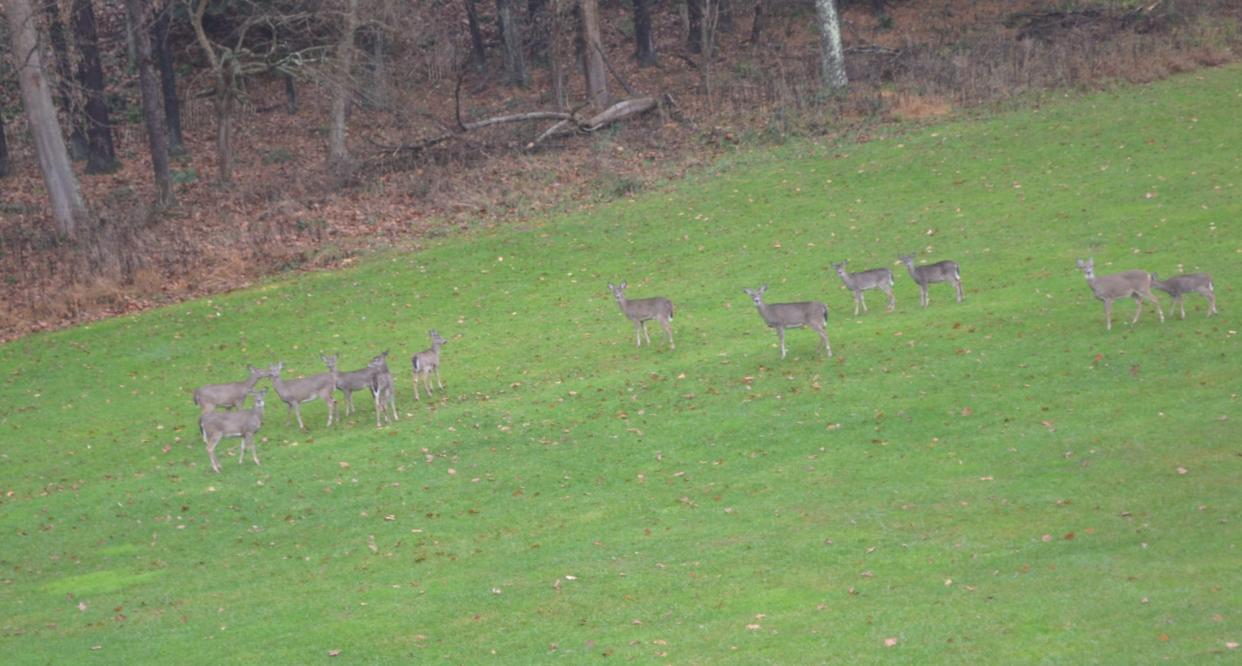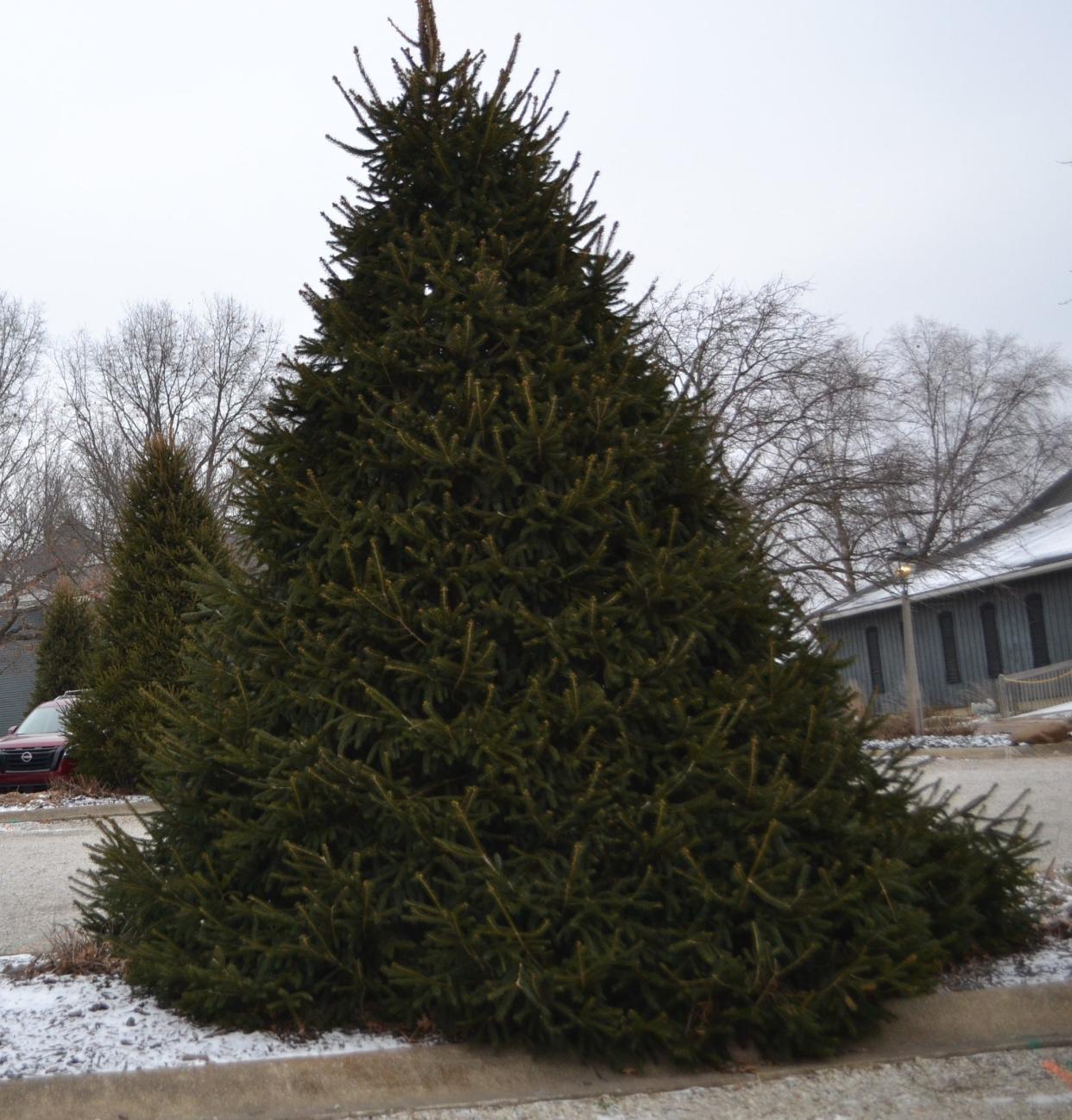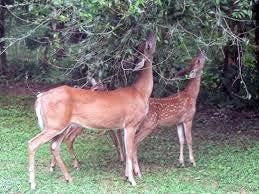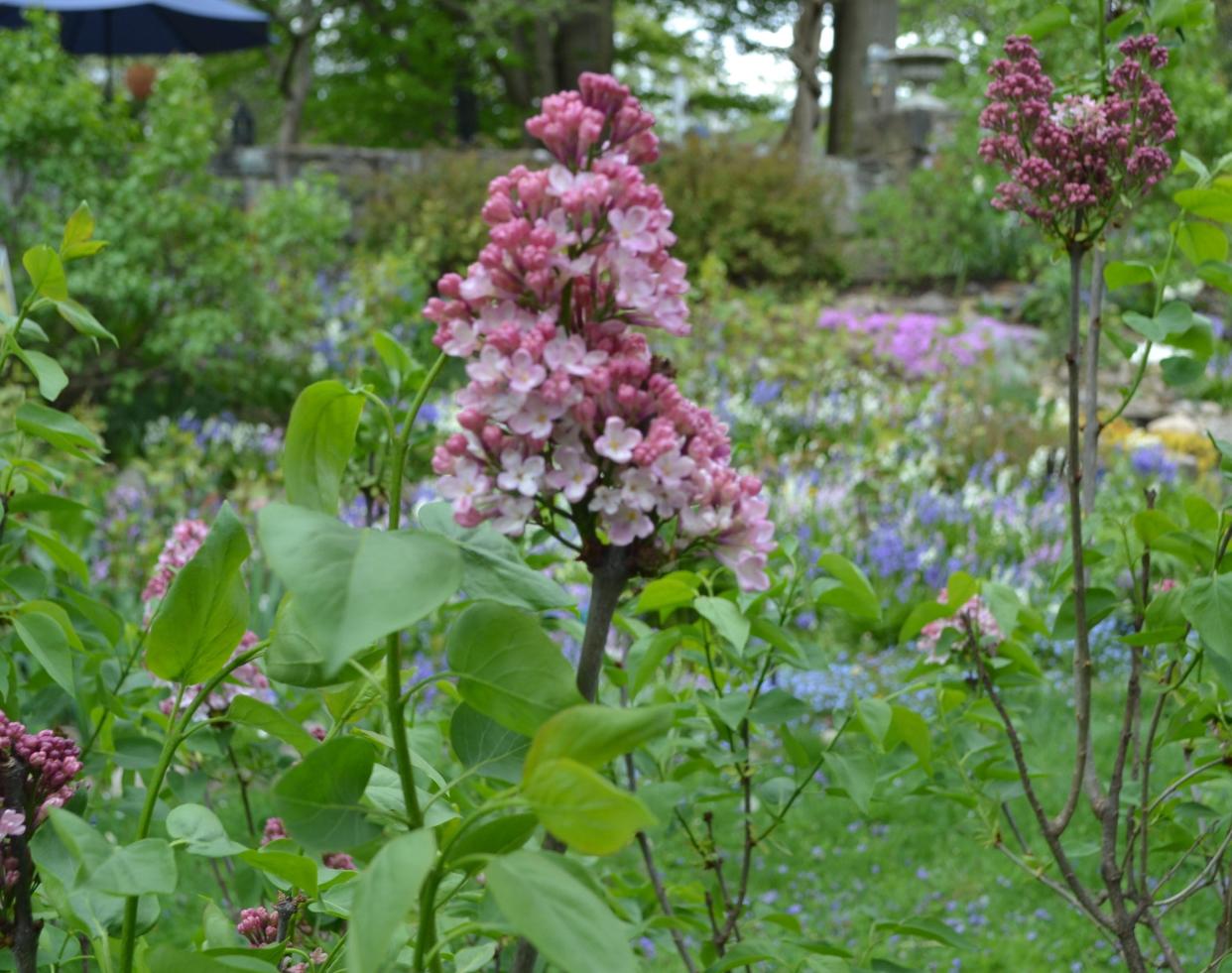A Stroll Through the Garden: Controlling deer damage in your yard
I got an e-mail from one of my readers a few months back asking how they could solve the deer problem in their yard. A few weeks ago, one of my friends from church nearly hit another deer. Seems that when I drive home at night I see all kinds of deer crossing the road.
Deer are fascinating creatures in that the does have twins every year. It seems that each year the population grows larger, but recently that growth has not been as rapid as in previous years. This means that we have all of the issues that go along with this problem.
When I was going to school to learn more about landscaping, my professors mentioned to me a number of times how damages caused by deer were the highest compared to any other pests. Now, did you understand what I said? Any other pest that you come across here in Ohio will pale in comparison to what deer do to everything.

Let’s try to get our heads around this. When the pioneers settled Ohio the deer populations ranged around 20,000. Just 40 years ago there were 17,000 deer in Ohio compared to statistics today of 750,000 – 950,000. These deer caused 25,000+ automobile accidents in Ohio alone in 2022. In 2013 there were 191 drivers who lost their lives in the United States due to deer collisions.
State Farm Insurance paid an average of $4,135 per claim in 2015. Deer, elk and moose cause $1 billion damage annually according to the National Association of Insurance Commissioners and State Farm. It is not unusual for a farmer to experience $200 in losses per acre, which obviously cuts into the economic survivability of that farmer.
Statistics also reveal that 50% losses have been experienced by farmers in Ohio on a normal basis. This means that we all need to address this problem in some way because these costs will affect all of us.

There is not enough food in the forests for deer, which means that we see deer in our landscapes and gardens. As time progresses, we find that deer are going to continue to increase the damage and harm our environment. Hillsdale Cares used to work with a hunting group that went and harvested deer as a part of their program.
Our local food pantry in Jeromesville told me that this hunting group would provide 400 to 500 pounds of deer meat for the people that needed help. Since we experienced COVID-19, the butcher that would do this says that there is a chance that you would find this virus in the meat and is not supplying the deer meat to the charity. I would like people to encourage hunters in the area to help with this very serious problem that all of us in time will experience when our food prices have to increase from all that these pests destroy.
When I was a kid and watched Bambi lose his mom on the screen it broke my heart, too. We are now living in a new millennium where we need to look at the situation with deer and determine to solve the real problem.
Deer-resistant trees and shrubs
I have been battling deer since I started in this industry. My first job was to take a look at what was eating 23 Witchita blue junipers at a home on Miles Road in Cleveland. The bottom third of the junipers were defoliated, completely stripped. Deer are hard to address. During a hard winter, they will eat almost anything. This homeowner was close to a park system where you would find deer and they would come up to feed on people’s landscapes.

Let’s start with planting trees that are resistant to deer. Some of the trees are Catalpa, chestnuts, dawn redwood, ironwood, maples, birches, hornbeams, redbuds, dogwoods, beeches, ashes, ginkgo, black and honey locust, larches, sassafras, smoke tree, spruce, sweet gum, tree lilac, tulip tree, sour gum, sycamores, oaks, willows, bald and other cypress.
Some of the shrubs are barberry, boxwood, summersweet, cotoneaster, smokebush, Scotch broom, forsythia, hydrangea, inkberry, junipers, Japanese kerria, luecothe, privet, spicebush, honeysuckle, Oregon grape holly, bayberry, mock orange, Japanese andromeda, potentilla, pyracantha, spirea, snowberries, lilacs, viburnums, and weigelas. From personal experience this is not a complete list and different plants in these groups are a bit more susceptible than others.

Large dogs do chase deer, which helps reduce the deer’s chance of browsing. There are a number of repellents on the market that need to be reapplied after each rain. These repellents can be rather effective if you apply it faithfully. I have heard human hair, blood, soap and feces from predators at the zoo can reduce damage. All of these have to be reapplied at a regular rate.
The solution that really takes care of the problem is a product that I have tested out for at least eight years. ScareCrow was originally a Canadian product, but the concept is simple. The pest taller than a mole breaks an electronic beam that is hooked up to a water source and whatever breaks the beam gets wet. Whatever gets sprayed runs away to hide. This is the best solution I have seen over all of these years.
Any questions you have about gardening please e-mail me at ericlarson546@yahoo.com. Soon you can see this column as a blog on the website ohiohealthyfoodcooperative.org. I’ll do the best I can to help.
Eric Larson of Jeromesville is a veteran landscaper and gardening enthusiast and a founding board member of the Ohio Chapter of Association of Professional Landscape Designers.
This article originally appeared on Mansfield News Journal: Tips for minimizing deer damage in your yard
